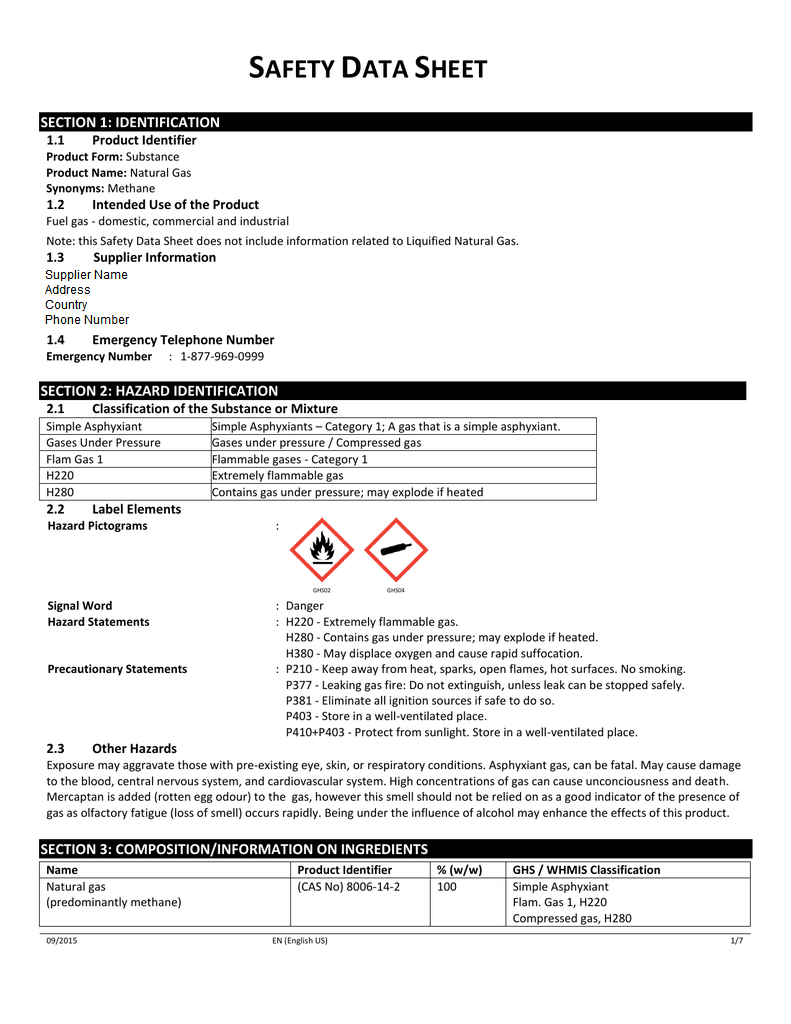Any Form of Multi-Modal Transport
Irrespective of form of transport, there are certain DG considerations all shippers including humanitarian agencies should be aware of.
Differing Standards
Though there is wide consensus on how to handle and process DG cargo, not all standards across all modes of transport are the same. The overall size or type of packaging for a DG item may vary depending on the mode of transport. As an example, a container of Calcium Hypochlorite (HTH) might be allowable up to 20 kg per container for a seaborne vessel while only allowed up to 5 kg for an airborne vessel. Additionally, there are different declaration and labelling standards for different modes of transport. Humanitarian supply chain planners should think through their entire supply chain needs when deciding what DG to procure and how to properly package and label it, taking multiple modes of transport into account.
Responsibility
The legal requirements for compliance with DG regulations vary greatly across operational contexts – commercial aviation will have strict regulations while field level operations may have no discernible regulations at all. This variation may cause problems throughout a supply chain – persons ordering or packing cargo at one end of the supply chain may not understand the requirements for another part. Humanitarian actors must still know what DG items they intend to handle, and know how to handle them. As DG items are stored and transported they will need to be properly labelled, packaged, identified on packing lists/manifests and have the appropriate accompanying declaration documentation. In highly regulated contexts, any failure to identify or properly classify a DG item can result in fines, cargo being rejected or impounded, or contractual penalties. Serious incidents resulting from mislabelled or misidentified DC can result in series legal penalties or jail time. In any context, incorrectly packed or handled dangerous goods can have on operations safety, in worst case scenario a spill, fire can result from incorrect shipment preparation or handling, with dramatic consequences for people and assets.
Certification in DG Handling/Shipping
Private industries – such as international aviation and maritime associations – and some national or local regulatory bodies rely on specially trained persons or third-party experts to properly identify and manage the labelling, handling and transport requirements for DG. A properly DG certified person will have undergone specific training from relevant accredited bodies, and may have to undergo re-certification every year. The different levels and types of certification relate to the nature of the DG activity (air, sea, road, etc) and to the overarching bodies that govern the type of activity. Where possible, humanitarian agencies should work with accredited transport companies, forwarders, and local government authorities. Regulations in many parts of the world require certified persons to prepare and inspect DG items before they can even be loaded onto a vessel in the first place.
As an example, DG shipped using international commercial air transport must be managed by a person certified through an IATA recognised DG training program; the properly IATA DG certified person is ultimately responsible for signing all DG related declarations. Any person who is not certified to manage air transport of DG should not be certifying DG cargo, and failure to comply can result in accidents and penalties. Different regulatory bodies may require different forms of certification, and national and local laws may require DG certification for warehousing, sea and road transport supervision as well.
Humanitarian agencies may not have the capacity to employ full time personnel with all required certifications, but third-party logistics companies often can and do have properly certified persons on call who will work with agencies to properly document and certify DG cargo. To facilitate this process, humanitarian agencies may seek as much information on DG related products as possible. Manufacturers and vendors in more developed industries can supply DG related information, including:
- Special temperature or handling requirements.
- Local and international regulations.
- Specifications on packaging requirements for shipping.
Safety Data Sheets
Many suppliers should be able to provide what is known as a Safety Data Sheet (SDS) / Material Safety Data Sheet (MSDS) / Product Safety Data Sheet (PSDS) – product specification sheets that can inform commercial handlers and transporters of any DG related properties to assist the transport process. Many transporters – especially air transporters – will ask for SDS/MSDS/PSDS to be submitted along with other documentation.


